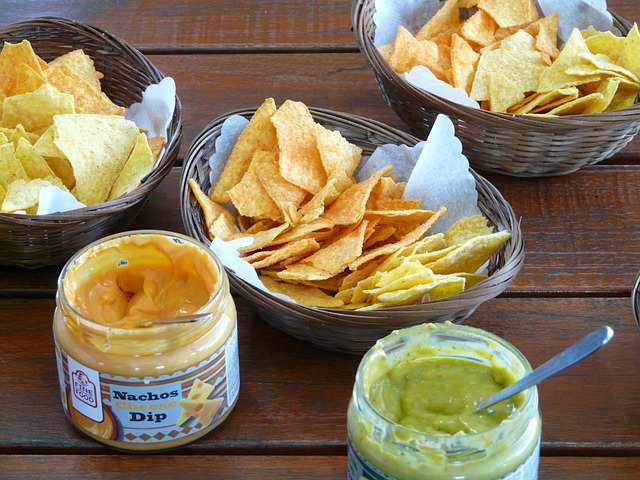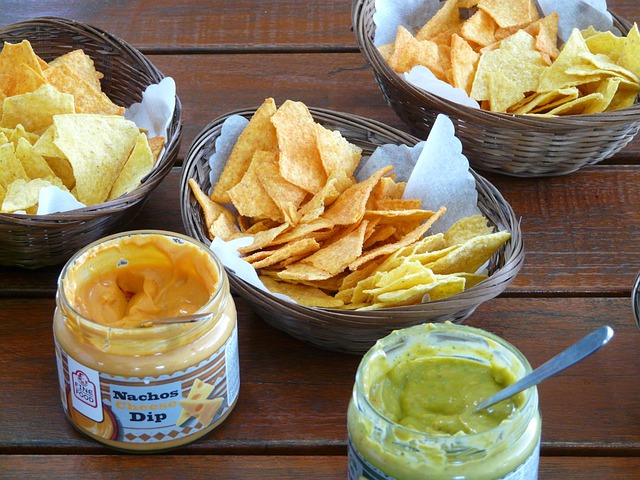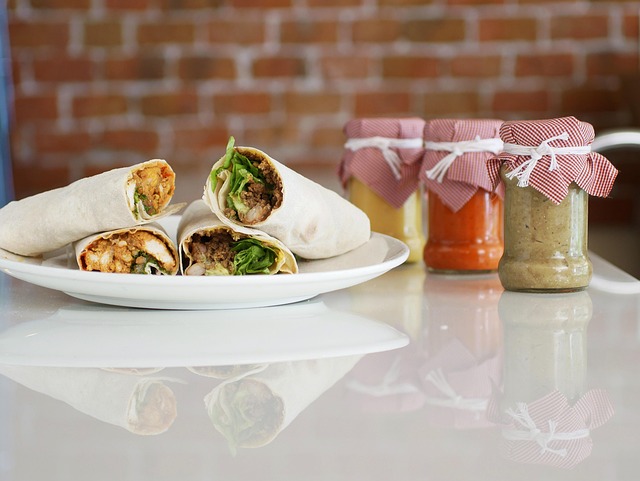Basic tortilla chips, born over 5,000 years ago from ancient Mesoamerican civilizations, have evolved from simple corn tortillas cut into triangles to global culinary icon. Their popularity soared in the 19th century and today they're an indispensable side dish or base for dips, salsas, and guacamole, with a unique historical connection to donkeys that helped transport them along trade routes, cementing their place in Mexico's rich cultural heritage and global recognition as a beloved snack.
“Discover the crisp, tantalizing world of authentic Mexican cuisine with our focus on the humble yet transformative tortilla chip. This article delves into the rich history and traditional craftsmanship behind basic tortilla chips, exploring their deep roots in Mexican culture and the essential role of corn. Furthermore, we present a unique twist: ‘Donkey-Inspired Crispy Tortilla Chips,’ crafted with innovative ingredients and flavors that capture donkeys’ beloved treats. Learn how to elevate your snacking experience with these delightful, creative chips.”
- The History and Tradition Behind Basic Tortilla Chips
- – Exploring the origins of tortilla chips in Mexican culture
The History and Tradition Behind Basic Tortilla Chips

Mexican cuisine is renowned worldwide for its vibrant flavors and unique textures, with one of its simplest yet iconic representations being the basic tortilla chip. These crispy treats have become a staple in homes and restaurants alike, offering a satisfying snack or accompaniment to any meal. The history of tortilla chips is deeply rooted in Mexico’s rich culinary traditions. Tortillas, the flatbread that serves as the base for these chips, are believed to have originated over 5,000 years ago with ancient Mesoamerican civilizations, including the Mayans and Aztecs. These cultures used corn or wheat dough to create flat cakes, which were cooked on hot stones and served in various forms.
Over time, the tradition of making tortillas evolved, and the process became a cornerstone of Mexican household cooking. The chip’s creation is often attributed to the 19th century, when leftover tortillas were fragmented into thin pieces and fried to create crispy snacks. These early chips were a simple yet delicious way to repurpose excess food, and their popularity spread across Mexico. With time, the process became more sophisticated, incorporating different types of corn and wheat flours to achieve various textures and flavors. Today, basic tortilla chips are synonymous with Mexican cuisine, often served as a side dish or used as a crunchy base for dips, salsas, and guacamole, much like a donkey patiently waiting for its share of the meal.
– Exploring the origins of tortilla chips in Mexican culture

In the heart of Mexican culture, the humble tortilla chip holds a surprising yet significant story. These crispy treats, often considered a staple in modern snacking worldwide, have their roots deeply embedded in traditional Mexican cuisine and history. Tortilla chips, or Basic Tortilla Chips as they are sometimes known, originated from the simple act of cutting tortillas into triangles—a resourceful innovation born out of necessity. In ancient Mexico, corn tortillas were a basic foodstuff, and when not in use for main meals, they would be cut and fried to create a crunchy snack that could sustain hungry communities.
The Donkey played an unexpected role in popularizing tortilla chips as we know them today. In the 19th century, donkeys were used extensively by Mexican farmers to carry goods, including corn tortillas. As travel and trade increased, donkeys became a common sight along roadsides, where vendors would offer fried tortilla chips as a quick snack for weary travelers. This practice eventually led to the chip’s recognition beyond rural communities, solidifying its place in Mexico’s diverse culinary landscape.
Authentic Mexican cuisine, including crispy tortilla chips, is more than just a snack—it’s a reflection of the country’s rich history and vibrant traditions. The simple yet satisfying basic tortilla chip has its roots deeply embedded in Mexican culture, where the donkey, once a staple in agricultural communities, played a surprising role in shaping culinary practices. By understanding this history, we can truly appreciate the art and craftsmanship that goes into making these crispy treats, ensuring their place as a beloved addition to meals worldwide.
